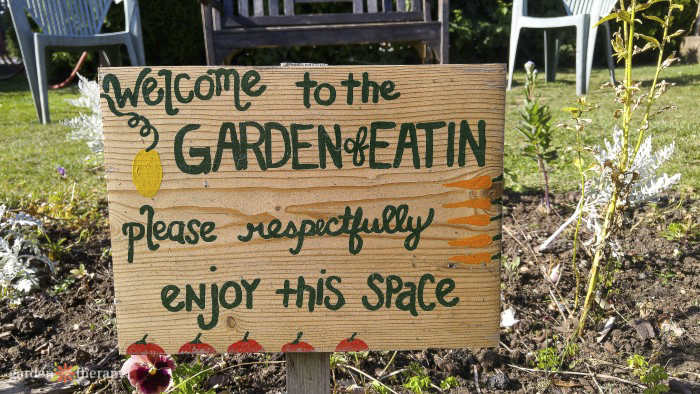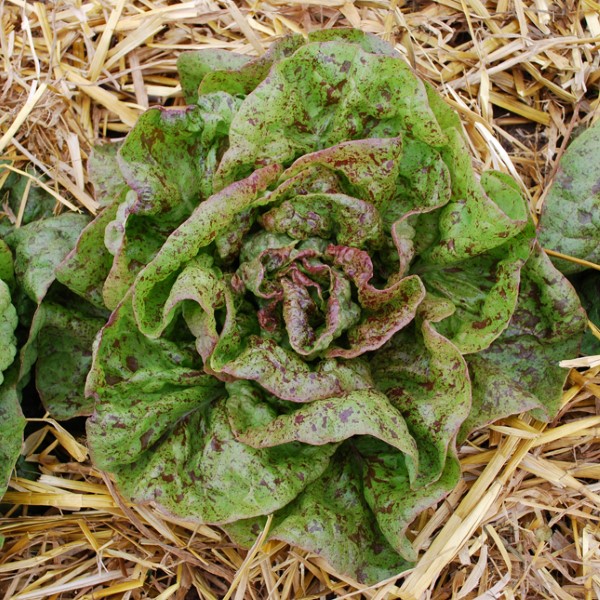The proverb goes that one of the best time to plant a tree was 20 years in the past. The second-best time? Now. The identical might be stated about planting meals and rising a vegetable backyard.
Due to inflation, the price of dwelling will all the time go up. Sadly, the minimal wage doesn’t all the time sustain with these will increase. Particularly in case you stay in an costly metropolis like me!
The Canada Meals Value Report estimates that the price of groceries will proceed to rise in 2023 by 5-7%. Greens are presupposed to rise even larger by 6-8%. They estimate a household of 4 will spend $1,065 extra on meals in 2023.
Whereas that is only a Canadian instance, I do know international locations worldwide face comparable considerations. Larger grocery payments can have a big effect!
freshly harvested rhubarb in a wire basket
I’ve all the time grown rhubarb in my backyard because it’s a perennial and an unusual grocery retailer discover.
There are such a lot of elements converging to make the value of produce go up. For starters, meals producers are coping with extra prices akin to labour, packaging, and power. Then they move this price right down to the buyer.
Poor climate in rising areas additionally performs an element. As an illustration, Arizona is a lead producer of leafy greens, and their drought made the value of lettuce skyrocket.
Different international elements come into play. Continued provide chain disruptions and labour shortages from the pandemic nonetheless have an effect on grocery costs at this time. The current Russian invasion of Ukraine additionally impacts meals costs since each international locations are high agricultural producers.
Heirloom Greens in a barrow
These are heirloom greens that you could’t purchase at a grocery retailer. They should be grown your self or bought domestically.
What’s a Victory Backyard?
So what does one do to decrease their grocery payments? Properly, beginning a victory backyard is an effective place to begin. Victory gardens originated in Canada throughout WWI, although they turned popularized throughout WWII. On the time, they had been often known as warfare gardening.
The thought was that Canadians might use their yards and vacant tons to feed their households and provides any extra to neighbours. It was seen as an act of patriotism as this allowed extra meals to be accessible for troopers, and it additionally freed up railcars and transport vans.
Largely comprised of city gardens, it allowed Canadians to play a direct function in serving to out the warfare efforts at residence. What was as soon as decorative or unused land now turned an area for meals manufacturing.


